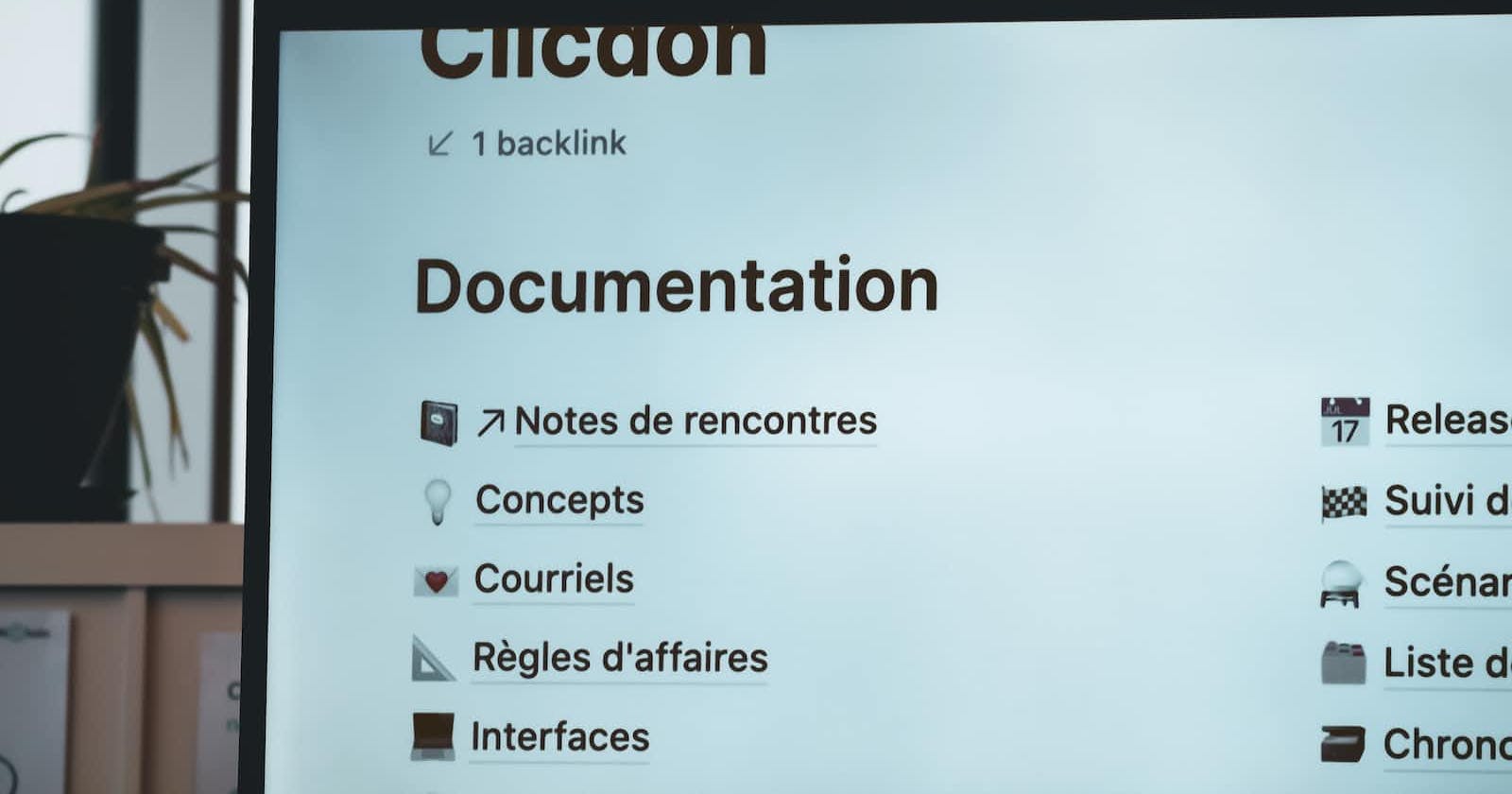The Importance of Well-Written Documentation in REST APIs
Streamlining Your REST API Workflow: The Power of Well-Written Documentation
Table of contents
Introduction:
REST APIs have become an essential part of modern web development, providing developers with a way to interact with remote servers using standard web protocols. However, without clear and concise documentation, REST APIs can be difficult to use and maintain. In this post, we'll explore the critical role of documentation in REST APIs and provide examples of how it can be used effectively.
Why Documentation is Critical in REST APIs:
- Providing Guidance on How to Use the API: Documentation is critical in REST APIs because it guides how to use the API. This includes information on the API's endpoints, request parameters, response formats, and any authentication requirements. With well-written documentation, developers can quickly and easily understand how to interact with the API and get the data they need.
For example, consider the documentation for the Stripe API. The documentation provides detailed information on all the available endpoints, as well as examples of how to use them. It also includes information on how to handle errors and integrate them with other services. This makes it easy for developers to work together and ensure that the API is being used correctly.
- Reducing the Learning Curve for New Developers: Another important role of documentation in REST APIs is to reduce the learning curve for new developers. When new developers join a project, they need to get up to speed quickly. With clear documentation, they can get a quick overview of the API and start working with it right away.
For example, consider the documentation for the Twilio API. The documentation provides an overview of the API, as well as detailed information on each endpoint. It also includes examples of how to use the API in various programming languages. This makes it easy for new developers to understand how the API works and start using it right away.
- Facilitating Collaboration Among Team Members: Documentation is also critical for facilitating collaboration among team members. When multiple developers are working on the same project, they need to be able to communicate effectively. With clear documentation, everyone can stay on the same page and ensure that they're consistently using the API.
For example, consider the documentation for the GitHub API. The documentation provides an overview of the API, as well as detailed information on each endpoint. It also includes examples of how to use the API in various programming languages. This makes it easy for developers to work together and ensure that the API is being used correctly.
- Improving the Overall Quality of the API: Finally, documentation is critical for improving the overall quality of the API. With clear and concise documentation, API providers can ensure that developers are using the API correctly and getting the data they need. This can help prevent bugs and improve the user experience for everyone who interacts with the API.
For example, consider the documentation for the OpenWeatherMap API. The documentation provides detailed information on all the available endpoints, as well as examples of how to use them. It also includes information on rate limits, error handling, and best practices for using the API. This makes it easy for developers to use the API correctly and avoid common pitfalls.
Conclusion: Well-written documentation is critical for the success of REST APIs. It guides how to use the API, reduces the learning curve for new developers, facilitates collaboration among team members, and improves the overall quality of the API. When designing a REST API, make sure to prioritize documentation as a key part of the development process. Remember, a well-documented API is a happy API!
Here are some resources and links that you can refer to for more information on the importance of documentation in REST APIs:
RESTful API Documentation Best Practices: swagger.io/resources/articles/best-practice..
The Importance of API Documentation: nordicapis.com/the-importance-of-api-docume..
REST API Documentation Made Easy with OpenAPI (Swagger): dzone.com/articles/rest-api-documentation-m..
How to Write Effective API Documentation: twilio.com/blog/how-to-write-effective-api-..
Best Practices for RESTful API Documentation: dzone.com/articles/best-practices-for-restf..
Thanks for Reading...!


